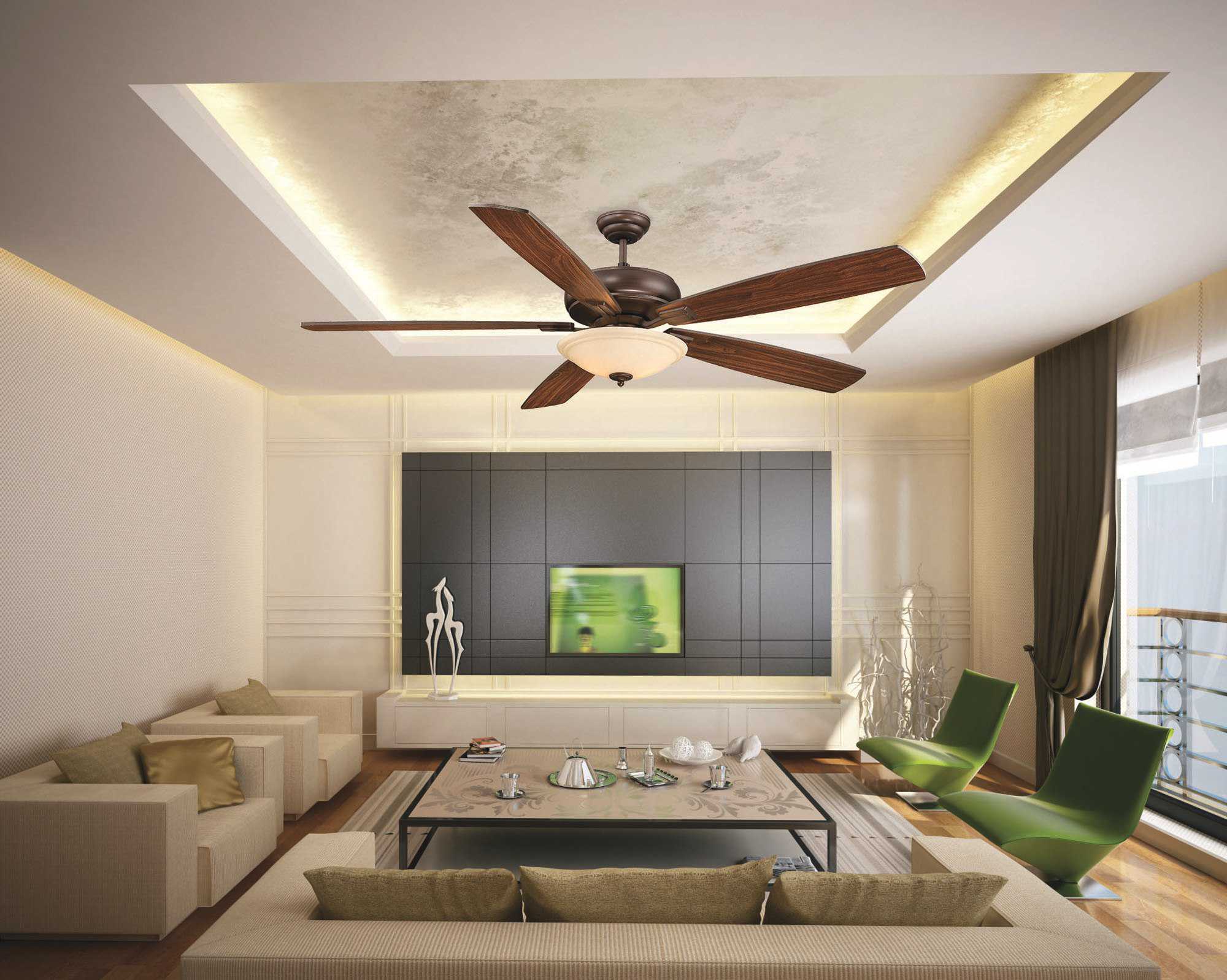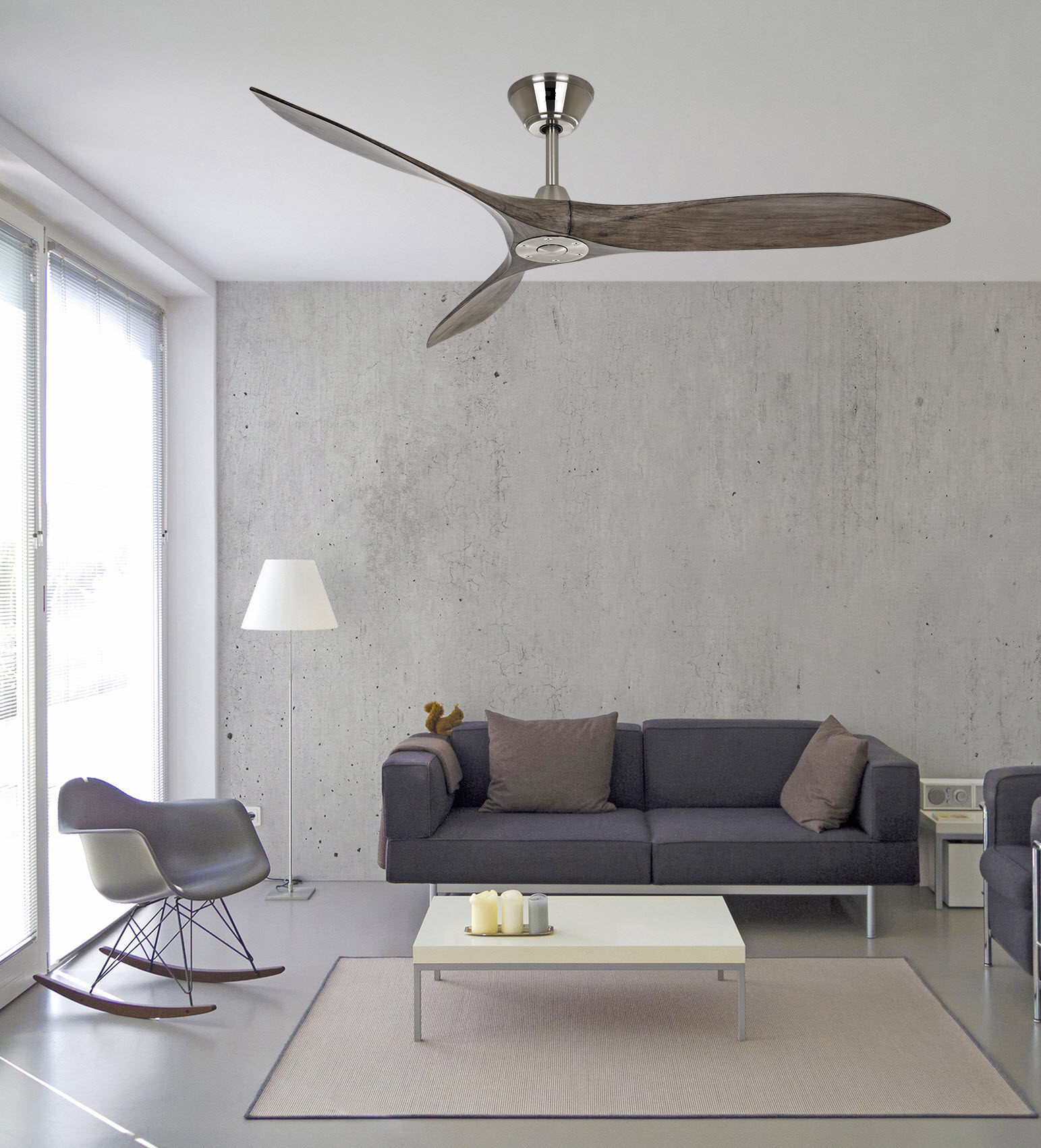Understanding Ceiling Fans in Interior Design
Ceiling fans have evolved from mere cooling appliances to essential elements in interior design. As an interior designer, I’ve seen firsthand how the right ceiling fan can transform a room. Whether you’re aiming for a cozy cottage feel or a sleek modern vibe, selecting the right ceiling fan is crucial. This article will explore various styles, tips, and considerations for integrating ceiling fans into your home decor.
The Importance of Ceiling Fans in Home Decor
Ceiling fans serve multiple purposes, blending functionality with aesthetics. Beyond providing a cooling breeze, they enhance the overall look of a room, tie together design elements, and even contribute to energy efficiency. Below, we delve into various aspects of ceiling fan design.
Popular Ceiling Fan Styles
When choosing a ceiling fan, style is key. Here’s a breakdown of some popular styles:
1. Modern Ceiling Fans
Characterized by sleek lines and minimalist designs, modern ceiling fans are perfect for contemporary spaces.
2. Rustic Ceiling Fans
These fans often incorporate natural materials like wood and distressed finishes to create a cozy, inviting atmosphere.

3. Industrial Ceiling Fans
With metal finishes and exposed bulb designs, industrial fans are great for lofts and urban spaces.
4. Traditional Ceiling Fans
These fans feature classic designs with ornate detailing, ideal for more traditional or classic homes.

5. Tropical Ceiling Fans
Perfect for creating a vacation vibe at home, tropical fans often feature palm leaf blades and vibrant colors.
Choosing the Right Ceiling Fan for Your Space
Selecting the right ceiling fan involves considering several factors, from the size of your room to the existing decor. Here’s a detailed guide to make the process easier.

Room Size and Fan Size
Choosing the appropriate size fan for your room is essential. Here’s a simple size guide:
| Room Size (sq. ft.) | Fan Diameter |
|---|---|
| Up to 75 | 29-36 inches |
| 76 to 144 | 36-42 inches |
| 144 to 225 | 44-50 inches |
| 225 to 400 | 50-54 inches |
| Over 400 | 56 inches and above |

Blade Pitch and Number
Blade pitch (the angle of the blades) affects efficiency and airflow. Generally, a pitch of 12 to 15 degrees provides optimal airflow. The number of blades also matters; more blades can mean quieter operation, but fewer blades can move air more efficiently. Consider the following:
- **3 Blades:** Modern look, often more efficient.
- **4 Blades:** Balanced airflow and noise levels.
- **5+ Blades:** Great for large rooms or quiet environments.

Integrating Ceiling Fans into Your Interior Design
Now that you know the types and essentials, let’s focus on how to integrate ceiling fans into your interior design scheme.
Color Coordination
When selecting a ceiling fan, consider the color palette of your room. A fan can either match or contrast with the room’s existing colors. Here are some tips:

- **Match with Furniture:** If your furniture has a wood finish, choose a fan with similar tones.
- **Pop of Color:** Use bright-colored fans to add a fun element to neutral spaces.
- **Monochrome Magic:** White or black fans can give a sleek look in modern rooms.
Height Considerations
Ensure your ceiling fan is installed at the right height. The ideal distance from the floor to the blades is 7 to 9 feet. For rooms with higher ceilings, consider drop rods to lower the fan to an appropriate height.
Energy Efficiency and Sustainability
Choosing energy-efficient ceiling fans can significantly reduce your energy bills. Look for fans with the Energy Star label, which guarantees better efficiency. Additionally, consider ceiling fans that offer:
- **DC Motors:** These are more energy-efficient compared to traditional AC motors.
- **Smart Features:** Remote controls and app integrations allow for better energy management.
Pros and Cons of Ceiling Fans
| Pros | Cons |
|---|---|
| Improves air circulation | Can be noisy if not properly maintained |
| Energy-efficient options available | May not be suitable for all room styles |
| Adds aesthetic value | Installation can be complex for some |
| Versatile styles to match decor | May require regular cleaning |
Common FAQs about Ceiling Fan Interior Design
What is the best size ceiling fan for my living room?
The best size ceiling fan for your living room depends on the room’s square footage. Generally, for larger living rooms, fans with a diameter of 52 inches or more are suitable.
Can I install a ceiling fan on a sloped ceiling?
Yes, many ceiling fans come with angled mount options for sloped ceilings. Ensure the fan is installed at the proper height for maximum airflow.
Are ceiling fans energy-efficient?
Yes, ceiling fans can be energy-efficient, especially those with DC motors and Energy Star ratings that can help reduce electricity costs.
How do I clean my ceiling fan?
To clean your ceiling fan, turn it off, and use a microfiber cloth to wipe the blades. A vacuum with an attachment can help remove dust buildup.